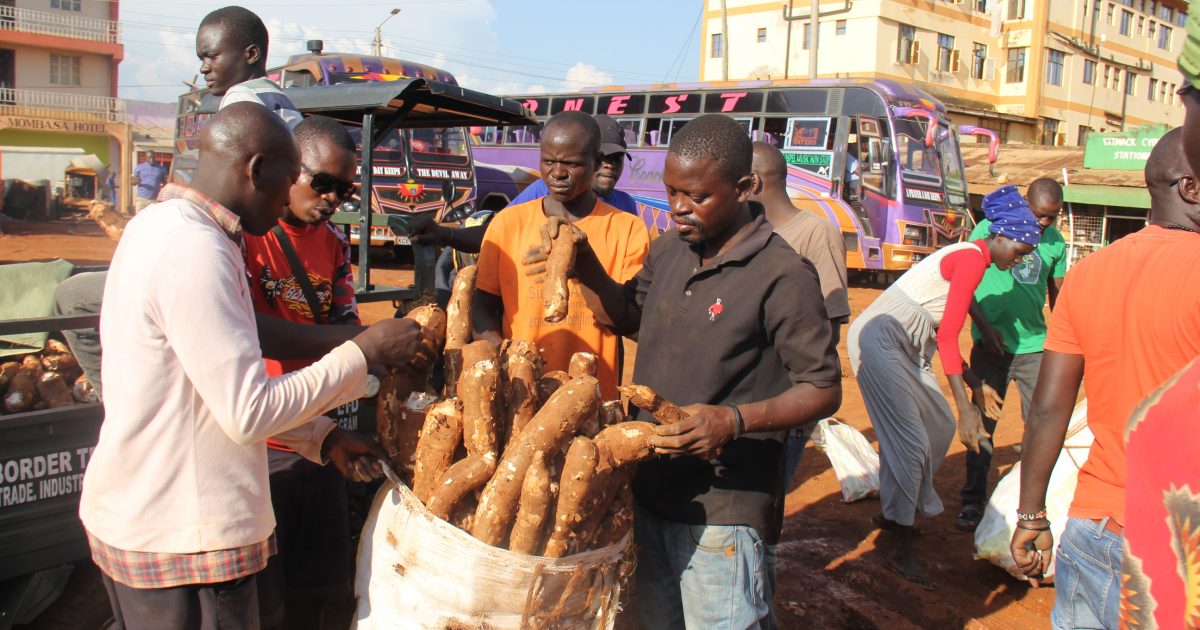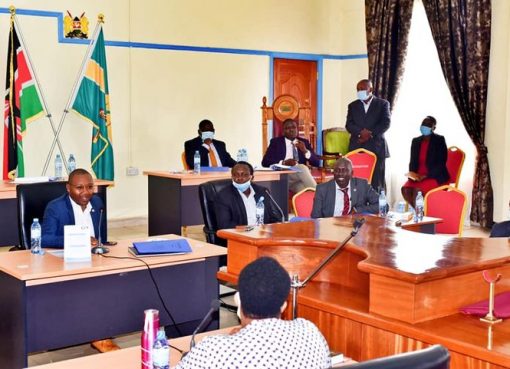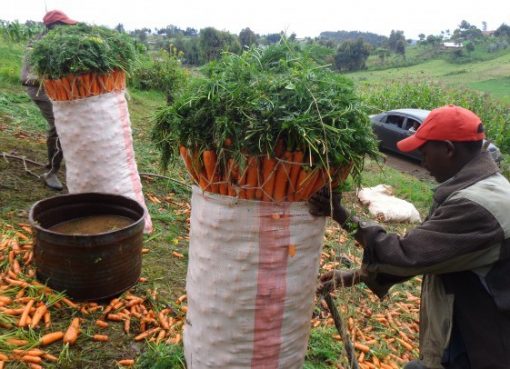Cassava farmers in Busia County are now taking advantage of the high price of maize flour to reap maximize profits, as demand for the product continued to increase in the area.
Most of the local residents have now resorted to ugali prepared with cassava and millet flour as an alternative for maize flour, paying handsomely to the farmers of the said products.
Lorries from Nairobi, Kisumu and other parts of the country are spotted transporting tonnes of cassava from the county on daily basis, a move that as created more jobs ranging from farmers, loaders and drivers both from Kenya and neighboring country of Uganda.
Godliver Ajiambo, a cassava farmer and trader has testified that since the prices of maize went up, she has increased the supply of cassava from initial 2 tonnes to 15 tonnes daily as a result of high demand for the commodity.
“I started this business 4 year ago, initially the business was low. I used to rely on my cassava plantation on 4 acres of land for trade, but when covid-19 struck this country, I saw the opportunity during the pandemic because the demand for the commodity drastically went up,” she narrated.
“I have employed over 30 workers who help me in uprooting the cassavas, packing and loading,” she added. The business has become a source of livelihood to many families.
60% of cassava that Adhiambo exports is grown on large scale at Teso South, Nambale, and Teso North in Busia county. She also sources the other 40 per cent from Uganda.
Cassava can be prepared in several ways for meals including boiling, fried into chips, made into flour for ugali or even eaten raw.
Dominic Pascal Musumba, a loader at Climax bus stage, wonders why the county government failed to operationalize the multi-million cassava factory that was to buy and process the crop, noting it would have been more beneficial for value addition before transportation.
The East African Agricultural Productivity Project constructed the mill at Sh10 million at Simba Chai, whose construction was completed in 2017. However, five years later, the plant is yet to be operational.
“We stopped planting maize and sugarcane after embracing cassava as our source of livelihood. Now the county that told us to plant the cash crop is yet to embrace the project abandoning us at the hour of need,” said Musumba.
Researchers at KALRO Alupe are now encouraging farmers to use new cassava varieties for quality and high yields. Some high-yielding varieties recently developed include TME 2004, TME 14, Nasa 13 and Nasa 14.
According to the Kenya Agricultural and Livestock Research Organization (KALRO) improved cassava varieties can withstand cassava brown streak and cassava mosaic, two diseases that drastically reduce harvests.
The farmers have welcomed the intervention by the government to reduce the prices of fertilizers which is seen as a big relief.
“We thank our president Dr. Ruto for the fertilizer, we are ready to produce on a large scale now. Our appeal is now on fuel prices, that will help us transport our produce,” noted Ogabo Simon, another cassava trader.
By Absalom Namwalo




